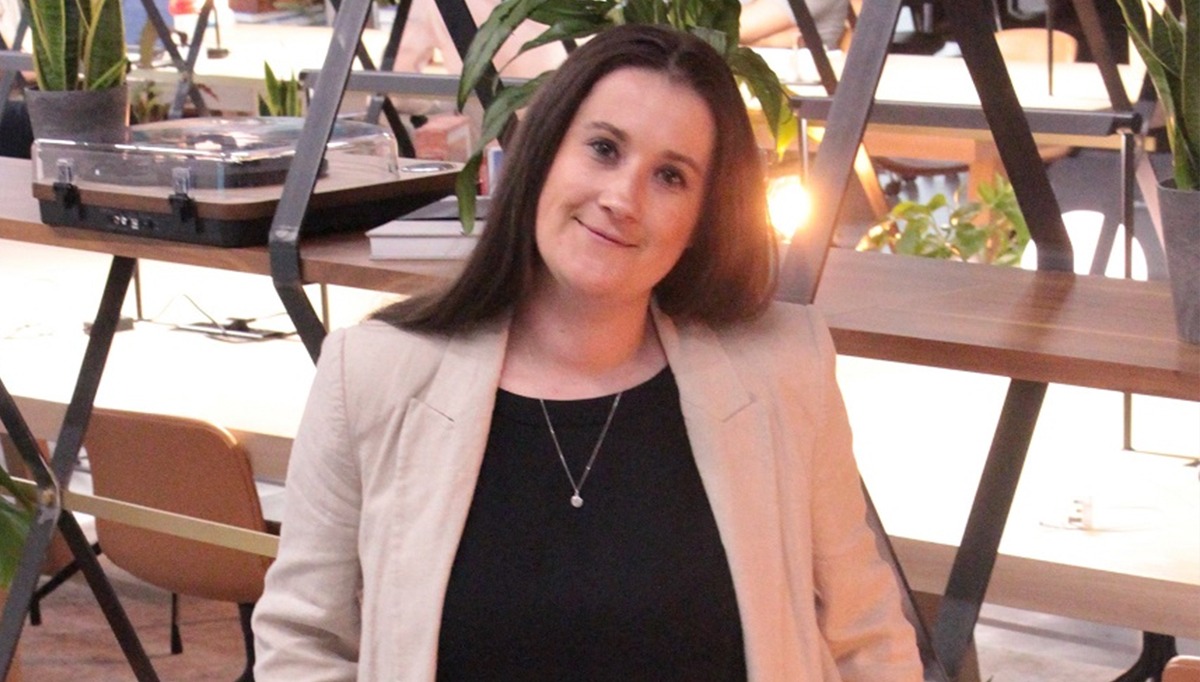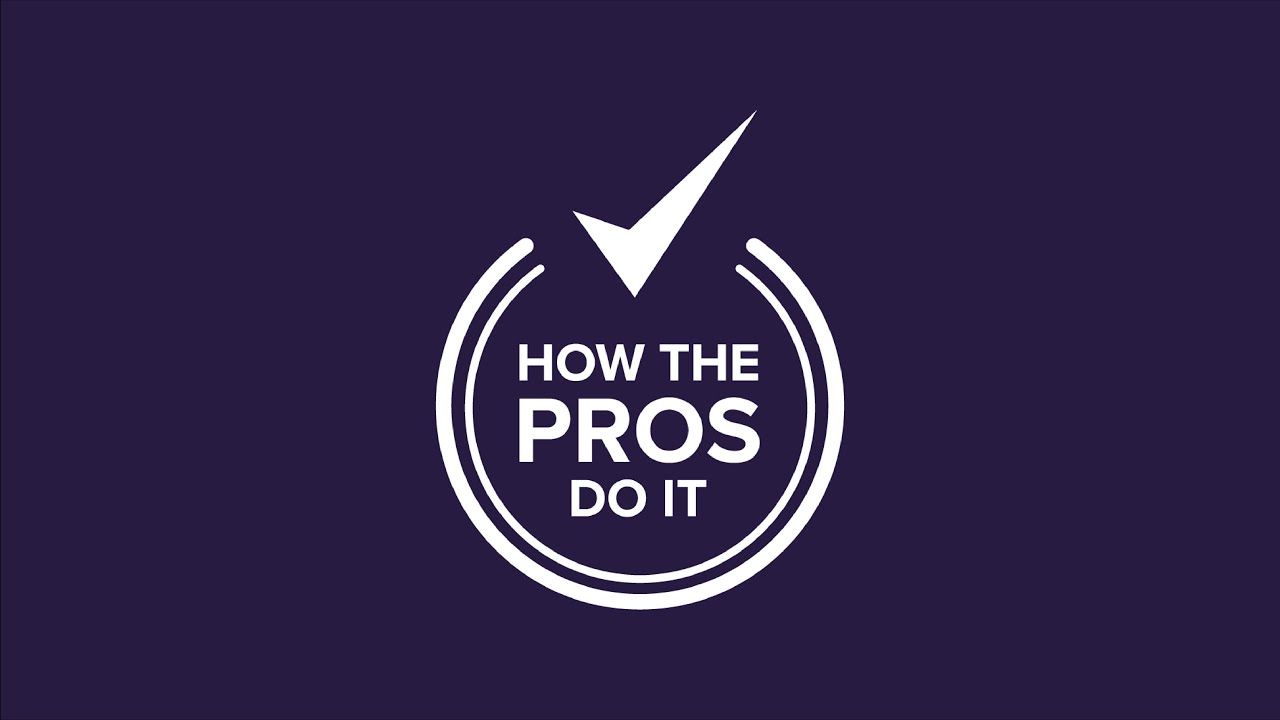
The year of opportunity
2022 will be a big year in the advisory sector for numerous reasons. It will be one of the biggest years for remortgages ever recorded, with almost £40bn worth expiring in January alone, and new FCA regulations on GI pricing practices come into force meaning price walking will be banned.
Such a large volume of expiring mortgages presents opportunity for obvious reason, and when you consider many of these remortgaging customers will be paying over the odds for their current home insurance policy, in the likely situation they have been subject to price walking, it’s easy to see why 2022 could be the year for advisers to truly reclaim their market share once lost to price comparison sites.
The advisory sector itself will become much more competitively positioned on price as a direct result of the new regulations. Not only that, but Advisers are now also able to offer a quicker, easier and more streamlined insurance application than price comparison websites as well being able to more effectively advise on products that add value and those that don’t.
This means there is not only great opportunity in the short term for the scores of customers remortgaging, but advancements in technology in the intermediary space can be used to help secure the long-term futures of advisory firms, too.
Customer adoption of PCWs
PCWs took huge chunks of market share from Advisers very quickly following their inception in the late 1990s and they now dominate the market.
They became symbols of efficiency, and an example of how technology can be used to find the “best” price for insurance. It was simply unheard of that you could get numerous quotes from different businesses by filling out one form. But what was innovative and more efficient then, is now viewed as long and laborious.
In order to meet the underwriting requirements of all of the dozens of insurers who are providing a quote, the questionnaire home owners need to answer involves anything upwards of 50 questions in a longwinded exam for the consumer.
Innovation in the intermediary sector
Innovation has been prevalent in the intermediary space and, as a result, Advisers have the advantage when it comes to being able to get the best price quickly and conveniently from a range of providers.
Through our platform, for example, you can get a quote from a wide-ranging panel of the UK’s leading insurers by answering just three questions (name, date of birth and postcode), with a full application taking less than a minute. A far cry from lengthy exams that consumers are faced with should they opt for PCWs.
The ace cards of convenience and speed are therefore right back with the Adviser and the opportunities that both mortgage cessation and new regulation bring means the intermediary sector has all the tools it needs to be able to reclaim market share as we head into 2022.
Using technology to help future proof your business
In addition to the huge short-term opportunities, we’re presented with, there is also the chance to capitalise on the innovation we have made as a sector to help change the way future generations purchase insurance.
The next generation of first-time buyers are the most tech-savvy of the lot and are very happy to spend their money with disruptors who offer easy-to-use platforms.
To protect against future losses in market share, just as the opportunity to reclaim from PCWs has hit us, intermediary firms must adopt the technology available to them. That means not only offering tech solutions to a more digitally savvy, Gen-Z and late-millennial audience, but tech solutions that deliver greater value.
Now is the time to integrate technology
Advisers already have a huge head start on PCWs on being able to do this as they know how their client is progressing in their mortgage journey. Holding data such as, ‘mortgage offer received’ or ‘exchange date’ indicates the exact timing of when home insurance is needed. This data is gold dust, yet today we estimate that c.675,000 advised mortgage clients still go outside of the intermediary industry to buy their insurance.
The problem with neglecting general insurance and allowing so many potential customers to end up on price comparison websites means advisory firms are essentially feeding other businesses with a lead flow that have an intention to cross sell into more core product areas, such as mortgages and protection, which is a major reason why market share has been lost across the wider space.
Fortunately, when speaking to Principals and seeing how our partners are operating, we know that the tide is turning on this issue.
In 2022, we’ll see more and more firms using integrated technology that help Advisers properly take advantage of the ‘gold dust’ knowledge they own and with it, insurance will seamlessly integrate into mortgage journeys, so the product is offered at exactly the right time.
And so, looking to next year, now is the time to make the forward-thinking choices on the digital tools you’re going to use to truly seize the opportunity that lies ahead. From an insurance perspective, it is no longer time consuming and stressful and can instead exceed the expectations of existing and prospective clients, helping to reclaim market share.














